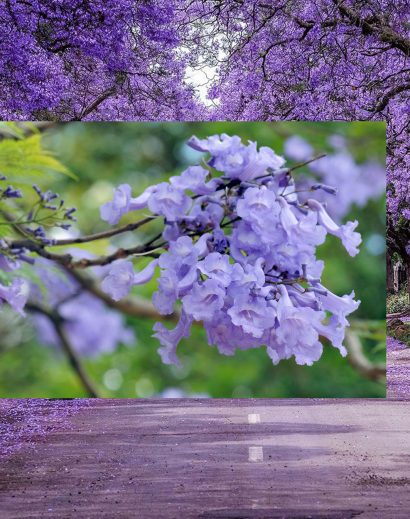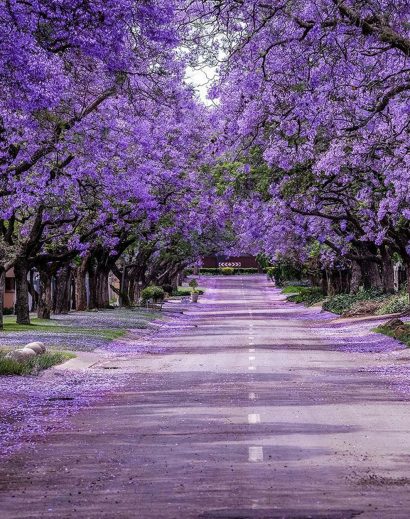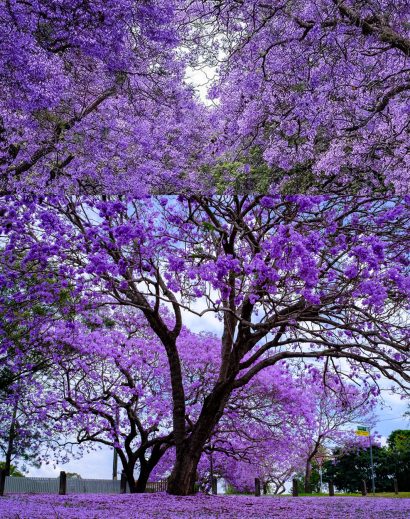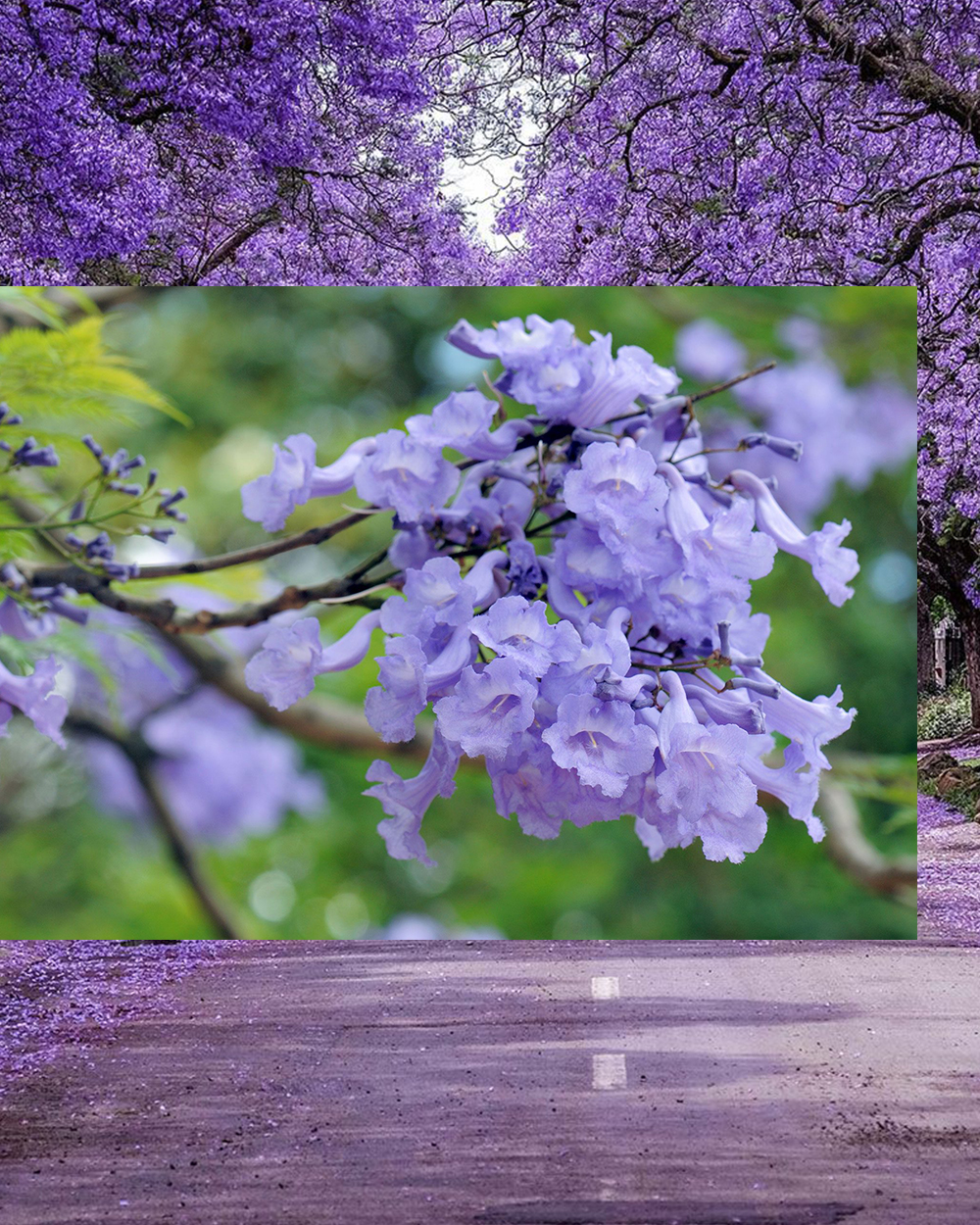The term “jacaranda” typically refers to a genus of flowering trees and shrubs known for their vibrant, purple-blue flowers. These trees are native to South America, particularly in countries like Brazil and Argentina, but they are also cultivated in various other parts of the world with suitable climates.
Here are some key features of jacaranda trees:
- Flowers: Jacaranda trees are most famous for their stunning clusters of trumpet-shaped, purple or blue flowers. These blossoms usually appear in late spring to early summer, creating a breathtaking display of color.
- Foliage: The leaves of jacaranda trees are usually fern-like and bi-pinnately compound, with small leaflets arranged along the branches.
- Wood: The wood of jacaranda trees is often used for various woodworking purposes. It is known for its durability and beautiful grain patterns.
- Growth Habit: Jacaranda trees can grow to be quite large, reaching heights of 25 to 50 feet (7.6 to 15 meters) or even taller, depending on the species and environmental conditions.
- Climate: They thrive in tropical and subtropical climates and are sensitive to frost. They require plenty of sunlight to flourish.
- Landscape Ornament: Jacaranda trees are often planted for their ornamental value in parks, gardens, and along streets. They are admired for their aesthetic appeal, especially when in bloom.
- Symbolism: In some cultures, the jacaranda tree is associated with various symbolic meanings, including beauty, elegance, and renewal.
It’s important to note that jacaranda trees are known for their invasiveness in certain regions where they have been introduced as ornamental plants. Their prolific seed production and spread can sometimes have ecological impacts. Therefore, it’s essential to be aware of local regulations and guidelines regarding the planting of jacaranda trees in specific areas.





Reviews
There are no reviews yet.